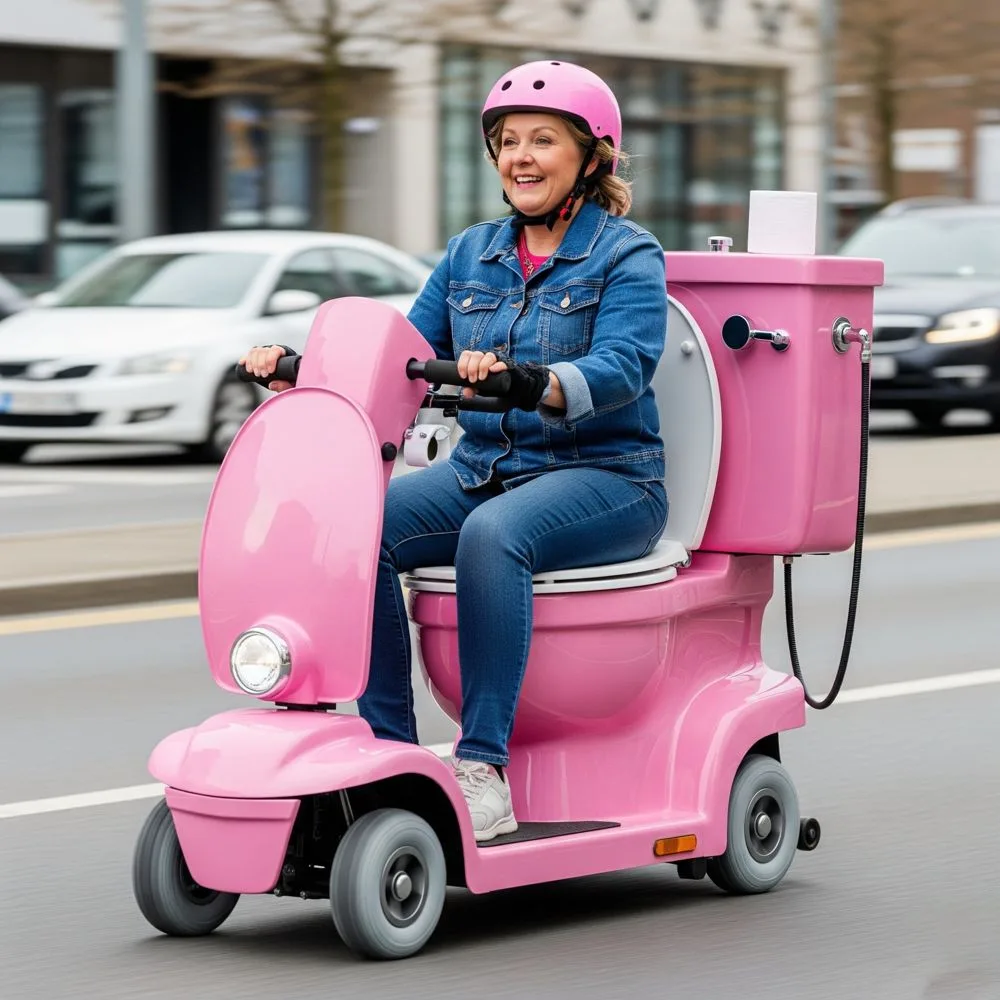Maintaining independence in personal care routines represents one of the most fundamental aspects of human dignity. For individuals with mobility challenges, traditional bathroom layouts can present significant obstacles that compromise both safety and autonomy. Toilet mobility scooters have emerged as revolutionary solutions, bridging the gap between conventional mobility aids and specialized bathroom equipment.
These innovative devices combine the functionality of traditional mobility scooters with specialized features designed specifically for bathroom environments. Unlike standard mobility equipment, toilet mobility scooters address unique challenges presented by bathroom spaces, including tight quarters, wet surfaces, and the need for precise positioning near toilet fixtures.
The growing aging population and increasing awareness of accessibility needs have driven remarkable innovations in this field. Modern toilet mobility scooters incorporate advanced engineering, ergonomic design principles, and safety technologies that were unimaginable just a decade ago. This comprehensive guide explores everything you need to know about these transformative devices.
Understanding Toilet Mobility Scooters: Beyond Traditional Mobility Aids
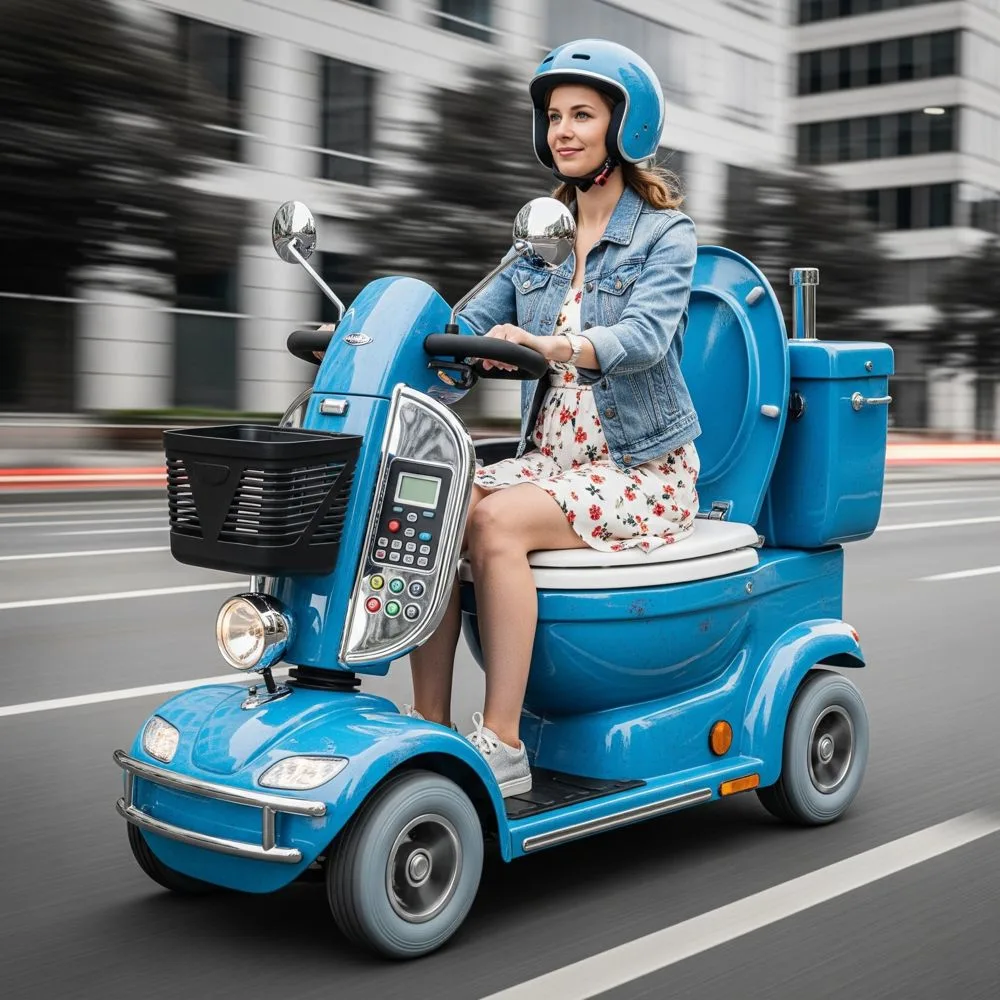
What Makes Toilet Mobility Scooters Unique
Toilet mobility scooters represent a specialized category of mobility equipment engineered specifically for bathroom environments. These devices differ fundamentally from conventional mobility scooters through their compact design, waterproof components, and specialized seating arrangements that facilitate safe transfers to and from toilet facilities.
The engineering behind these devices addresses multiple challenges simultaneously. Traditional mobility scooters often prove too large for standard bathroom doorways and maneuvering spaces. Toilet mobility scooters feature reduced turning radiuses, narrower profiles, and enhanced maneuverability systems that enable navigation in confined spaces without compromising stability or safety.
Advanced models incorporate hydraulic lifting systems, adjustable seat heights, and removable components that accommodate various bathroom configurations. The integration of these features creates a seamless experience that maintains user dignity while ensuring maximum safety and convenience.
Core Components and Engineering Excellence
Modern toilet mobility scooters feature sophisticated component systems designed for bathroom environments. Waterproof electrical systems prevent moisture damage while maintaining reliable operation in humid conditions. Corrosion resistant materials ensure long term durability despite exposure to cleaning chemicals and water.
The seating systems deserve particular attention, as they must balance comfort with functionality. Memory foam cushioning provides extended comfort during use, while quick release mechanisms enable rapid seat removal for cleaning and maintenance. Armrest configurations vary between models, with some featuring flip up designs that facilitate lateral transfers.
Drive systems in toilet mobility scooters utilize specialized motors and transmission components optimized for precise control rather than speed. This emphasis on control enables users to position themselves accurately relative to toilet fixtures, reducing the risk of accidents or uncomfortable positioning.
Types and Categories: Finding Your Perfect Match
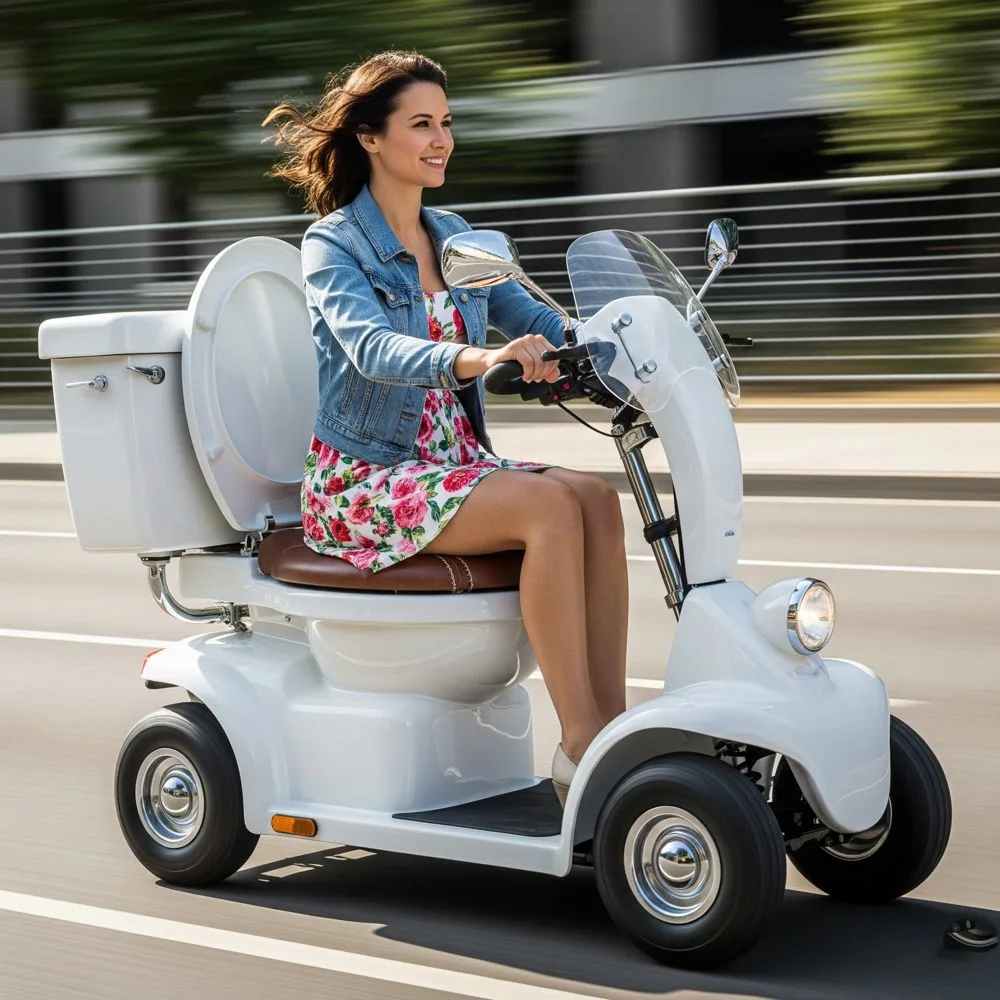
Compact Indoor Models
Compact indoor toilet mobility scooters prioritize maneuverability and space efficiency. These models typically feature three wheel configurations that provide superior turning capabilities in tight spaces. The reduced wheelbase enables navigation through standard residential bathroom doorways while maintaining stability during operation.
Weight capacities for compact models generally range from 250 to 350 pounds, accommodating the majority of users while keeping overall device weight manageable. Battery systems in these models emphasize efficiency over extended range, typically providing 6 to 8 hours of continuous use on a single charge.
Storage solutions in compact models focus on essential items only. Small storage compartments accommodate personal care items, medications, or cleaning supplies without adding unnecessary bulk to the device profile.
Heavy Duty Commercial Grade Options
Commercial grade toilet mobility scooters designed for institutional use feature enhanced durability and higher weight capacities. These models accommodate users weighing up to 500 pounds while maintaining stability and safety standards required in healthcare facilities and assisted living environments.
Construction materials in commercial models emphasize durability and ease of cleaning. Stainless steel components resist corrosion and bacterial growth, while antimicrobial surface treatments reduce infection risks in shared environments. Enhanced motor systems provide consistent performance despite frequent daily use.
Maintenance requirements for commercial models include comprehensive service protocols and replacement part availability. Professional grade components ensure reliable operation while minimizing downtime in critical care environments.
Hybrid Indoor Outdoor Versatility
Hybrid toilet mobility scooters offer versatility for users requiring both indoor bathroom navigation and limited outdoor mobility. These models feature larger batteries, enhanced weather protection, and more robust suspension systems capable of handling varied terrain conditions.
Transitioning between indoor and outdoor environments requires careful consideration of wheel configurations and ground clearance. Hybrid models typically feature four wheel designs that provide enhanced stability on uneven surfaces while maintaining acceptable maneuverability indoors.
Key Benefits: Transforming Quality of Life
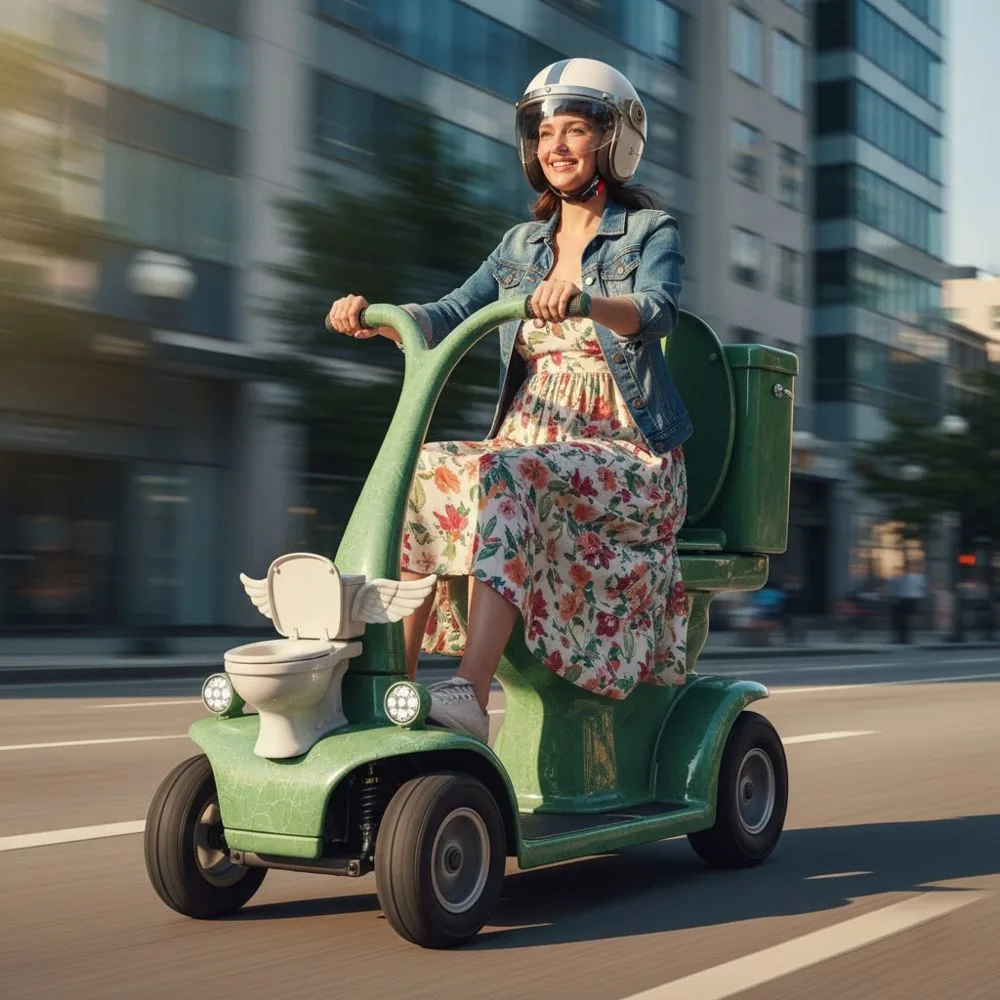
Independence and Dignity Preservation
The primary benefit of toilet mobility scooters lies in their ability to restore independence in personal care routines. Users regain control over their bathroom activities without requiring assistance from caregivers or family members. This independence directly translates to improved self esteem and emotional wellbeing.
Privacy concerns that often accompany mobility challenges diminish significantly with proper equipment. Users can maintain personal care routines according to their own schedules and preferences rather than depending on caregiver availability. This autonomy proves particularly valuable for individuals transitioning from fully independent living to requiring mobility assistance.
The psychological benefits extend beyond immediate practical considerations. Maintaining independence in intimate personal care activities helps preserve dignity and self respect during challenging life transitions. Users report improved overall life satisfaction when they can manage bathroom activities independently.
Enhanced Safety and Accident Prevention
Statistical data demonstrates significant reduction in bathroom related accidents among users of toilet mobility scooters compared to those relying on walking aids or wheelchairs. The stable platform provided by these devices eliminates many fall risks associated with transferring to and from toilet facilities.
Safety features integrated into modern models include anti tip systems, emergency stop mechanisms, and automatic braking when the user releases control inputs. These technological safeguards provide multiple layers of protection against accidents while maintaining ease of operation.
Emergency communication systems in advanced models enable users to summon assistance if needed. Some models feature integrated communication devices that connect directly to monitoring services or family members, providing peace of mind for both users and their loved ones.
Selection Criteria: Making Informed Decisions
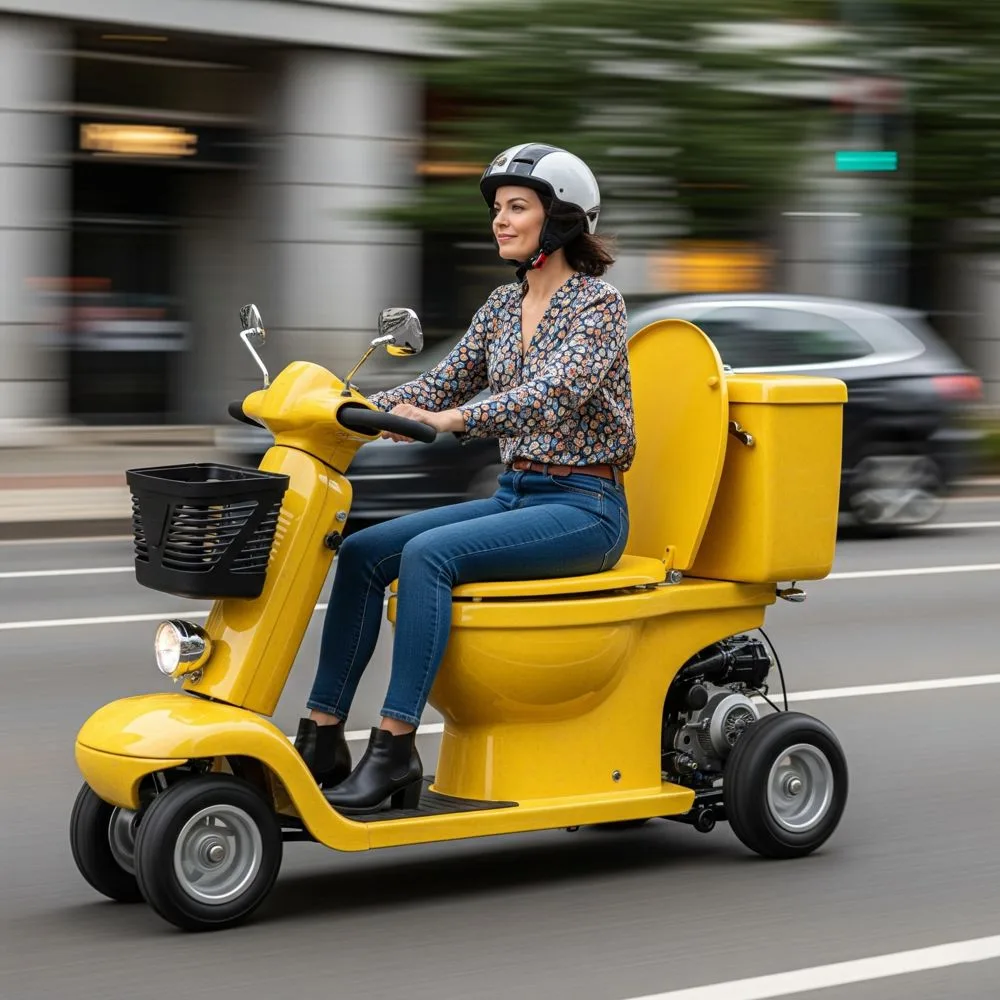
Assessing Individual Needs and Limitations
Selecting appropriate toilet mobility scooters requires comprehensive evaluation of individual physical capabilities, living environments, and personal preferences. Physical assessments should include evaluation of upper body strength, balance capabilities, and cognitive function necessary for safe operation.
Living environment considerations encompass bathroom dimensions, doorway widths, and flooring surfaces. Measurements should include not only static dimensions but also maneuvering space required for comfortable operation. Professional occupational therapy evaluations can provide valuable insights into optimal equipment specifications.
Budget considerations extend beyond initial purchase prices to include ongoing maintenance costs, replacement parts, and potential modifications to living spaces. Comprehensive cost analysis helps ensure long term affordability and satisfaction with equipment choices.
Professional Consultation and Assessment
Healthcare professionals specializing in mobility equipment can provide invaluable guidance in selection processes. Occupational therapists understand the relationship between physical capabilities and equipment requirements, ensuring optimal matches between users and devices.
Physical therapy evaluations help determine appropriate features and specifications based on current functional abilities and anticipated changes over time. Progressive conditions may require equipment with adaptability features that accommodate changing needs without requiring complete replacement.
Medical equipment specialists offer expertise in technical specifications and long term reliability considerations. Their experience with various models and manufacturers provides practical insights into real world performance and maintenance requirements.
Budget Planning and Insurance Considerations
Understanding insurance coverage for toilet mobility scooters requires navigation of complex healthcare policies and Medicare guidelines. Coverage criteria often require documentation of medical necessity and specific functional limitations that justify equipment needs.
Private insurance policies vary significantly in mobility equipment coverage. Some plans provide comprehensive coverage while others exclude specific categories of equipment. Understanding policy details before making purchase decisions prevents unexpected financial obligations.
Alternative funding sources include nonprofit organizations, veterans’ benefits, and state assistance programs. These resources can help bridge gaps between equipment costs and available insurance coverage, making necessary equipment accessible to users with limited financial resources.
Safety Features and Considerations: Protecting What Matters Most
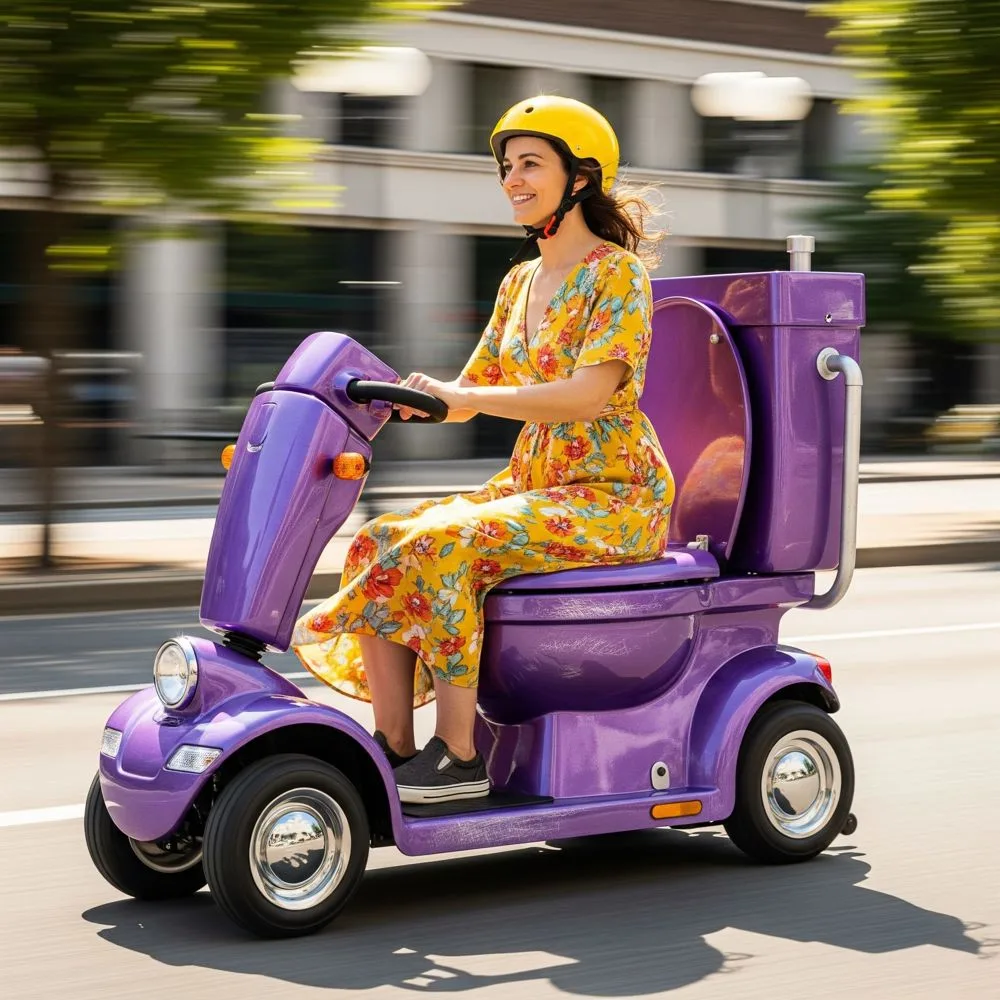
Advanced Safety Technologies
Modern toilet mobility scooters incorporate sophisticated safety systems that monitor user behavior and environmental conditions. Proximity sensors detect obstacles and automatically reduce speed or stop the device to prevent collisions. These systems prove particularly valuable in bathroom environments where space constraints increase collision risks.
Weight distribution monitoring systems alert users to potentially unsafe seating positions that could compromise stability. Advanced models feature real time feedback systems that provide audio or tactile warnings when users approach stability limits.
Battery monitoring systems prevent unexpected power loss by providing advance warning of low charge conditions. Some models feature reserve power modes that ensure sufficient energy remains for safe completion of bathroom activities even when primary batteries approach depletion.
Environmental Hazard Management
Bathroom environments present unique hazards that require specialized safety considerations. Water on floors creates slip hazards for traditional mobility aids, but toilet mobility scooters with appropriate tire compounds maintain traction on wet surfaces. Anti slip treads and specialized rubber compounds provide enhanced grip in challenging conditions.
Humidity control systems prevent moisture buildup in electrical components that could compromise safety or reliability. Sealed component housings protect critical systems while allowing necessary ventilation for cooling and condensation management.
Chemical resistance becomes important in environments where cleaning products are frequently used. Materials selection in quality toilet mobility scooters emphasizes resistance to common bathroom cleaning chemicals without compromising structural integrity or safety performance.
Installation and Setup: Getting Started Right
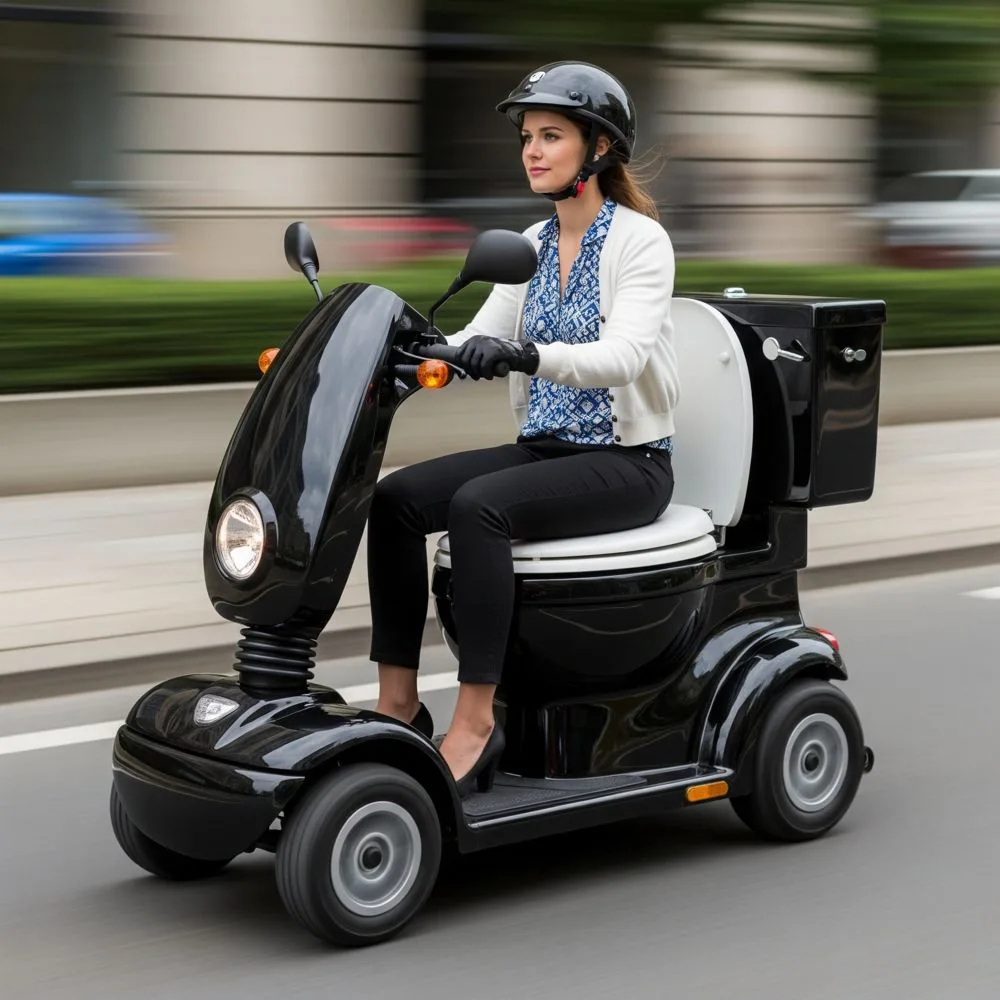
Space Preparation and Modifications
Successful integration of toilet mobility scooters often requires minor modifications to existing bathroom spaces. Door widening may be necessary to accommodate device dimensions while maintaining accessibility for other users. Professional assessment helps determine minimum modification requirements.
Flooring considerations include ensuring adequate support for device weight and providing appropriate surface textures for safe operation. Some users benefit from installing grab bars or support rails that provide additional stability during transfers to and from the scooter.
Electrical requirements for charging stations should be evaluated by qualified electricians to ensure safe and convenient battery maintenance. Ground fault circuit interrupters become essential in bathroom electrical installations to prevent shock hazards in wet environments.
Initial Setup and Calibration
Professional setup services ensure optimal device configuration for individual users and specific environments. Seat height adjustments, control sensitivity settings, and safety feature calibration require expertise to achieve ideal performance characteristics.
User training programs provide essential instruction in safe operation procedures and emergency protocols. Comprehensive training covers normal operation, maintenance requirements, and troubleshooting common issues that may arise during use.
Documentation provided with quality toilet mobility scooters includes detailed operation manuals, maintenance schedules, and warranty information. Understanding these materials before initial use prevents misunderstandings and ensures optimal long term performance.
Maintenance and Longevity: Protecting Your Investment
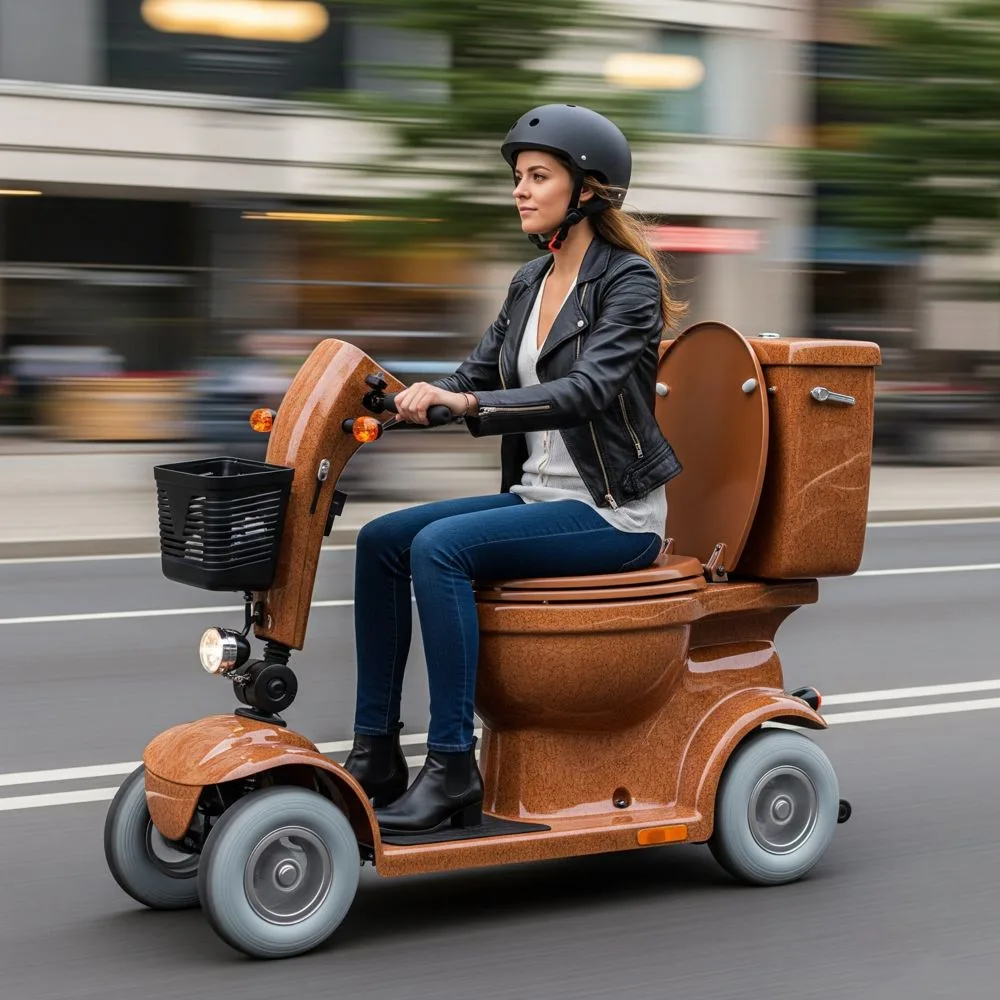
Routine Maintenance Protocols
Establishing regular maintenance routines significantly extends toilet mobility scooter lifespan while ensuring consistent safety and performance. Daily maintenance includes visual inspection of critical components, battery charge level verification, and cleaning of exposed surfaces.
Weekly maintenance protocols expand to include detailed cleaning of all accessible components, tire pressure verification, and functional testing of safety systems. These routine checks identify potential issues before they develop into serious problems requiring expensive repairs.
Monthly comprehensive inspections should include professional evaluation of electrical systems, mechanical components, and structural integrity. Professional maintenance services provide expertise in identifying wear patterns and potential failure points that may not be apparent to casual users.
Troubleshooting Common Issues
Understanding common operational issues enables users to maintain independence while ensuring safety during minor problems. Battery related issues represent the most frequent concerns, with solutions ranging from proper charging procedures to battery replacement protocols.
Mechanical issues such as steering problems or brake adjustments require professional attention but understanding symptoms helps users communicate effectively with service technicians. Unusual noises, vibrations, or handling characteristics should prompt immediate professional evaluation.
Electrical system problems may manifest as erratic behavior, reduced performance, or complete system failures. Safety protocols require immediate discontinuation of use until qualified technicians can evaluate and resolve electrical issues.
Future Innovations and Technology Trends
Smart Technology Integration
The future of toilet mobility scooters lies in smart technology integration that enhances user experience while improving safety outcomes. Internet connectivity enables remote monitoring of device performance and user behavior patterns that can identify potential health or safety concerns.
Artificial intelligence systems learn user preferences and adapt device behavior accordingly. Smart navigation systems remember frequently used routes and optimal positioning preferences, reducing the cognitive burden on users while improving efficiency.
Mobile applications provide interfaces for device control, maintenance scheduling, and emergency communication. Integration with smart home systems enables voice control and automated environmental adjustments that complement scooter operation.
Sustainable Design and Environmental Responsibility
Environmental consciousness drives innovation toward more sustainable toilet mobility scooter designs. Advanced battery technologies provide longer life cycles while reducing environmental impact through improved recyclability and reduced toxic material content.
Manufacturing processes increasingly emphasize sustainable materials and energy efficient production methods. Modular design approaches enable component replacement rather than complete device replacement, reducing waste while improving long term affordability.
End of life recycling programs ensure responsible disposal of mobility equipment while recovering valuable materials for future use. These programs represent important considerations for environmentally conscious consumers making equipment selection decisions.
Empowering Independence Through Innovation
Toilet mobility scooters represent far more than simple mobility aids; they embody the fundamental principle that everyone deserves dignity and independence in their personal care routines. The evolution of these devices from basic transportation to sophisticated, bathroom specific solutions demonstrates the power of focused innovation in addressing real human needs.
The journey of selecting, installing, and using toilet mobility scooters requires careful consideration of individual needs, environmental factors, and long term goals. However, the investment in appropriate equipment pays dividends in improved quality of life, enhanced safety, and preserved dignity that extend far beyond the bathroom environment.
As technology continues advancing, we can expect even more sophisticated solutions that further enhance independence while improving safety outcomes. The integration of smart technologies, improved materials, and user centered design principles promises exciting developments that will benefit current and future users.
For individuals considering toilet mobility scooters, the message is clear: these devices represent powerful tools for maintaining independence and dignity during life transitions that might otherwise compromise personal autonomy. With proper selection, installation, and maintenance, toilet mobility scooters provide reliable, safe solutions that transform challenging bathroom navigation into manageable, dignified experiences.
The investment in toilet mobility scooters extends beyond individual benefits to encompass family peace of mind, reduced caregiver burden, and improved overall household dynamics. When independence is preserved, everyone benefits from reduced stress and improved quality of life.
Take the first step toward enhanced bathroom independence by consulting with healthcare professionals and mobility equipment specialists who can guide you through the selection process. Your future self will thank you for the foresight and courage to address mobility challenges proactively rather than reactively.
Remember that seeking assistance with mobility needs demonstrates wisdom and self advocacy rather than defeat. Toilet mobility scooters empower users to maintain control over their lives while adapting to changing physical capabilities with grace and dignity.

